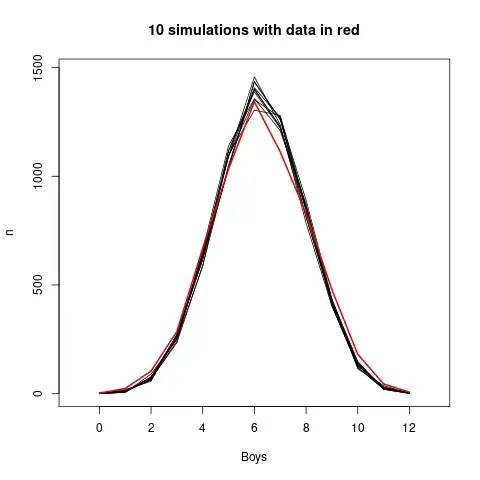The hypothesis have been tested, for instance this interesting biorxiv paper: An association between sexes of
successive siblings in the data from
Demographic and Health Survey program which analysis millions of births. A few quotes:
A formal modelling demonstrated that sexes of the children were
dependent on three kinds of sex ratio variation: a variation between
families (Lexian), a variation within a family (Poisson) and a
variation contingent upon the sex of preceding sibling (Markovian).
Turpin and Schutzenberger analyzed a sample from France (14,230
families) and observed positive correlation between sexes of
successive siblings. Unlike Gini, they hypothesized that the
correlation could be explained by an influence of one birth on the
following birth. This idea was supported by the fact that the interval
between births of same sex siblings was on average shorter than for
opposite sex siblings (however, Gini interpreted this result in favor
of his “reversal of predisposition” explanation).
A classic dataset of interest is the Saxony dataset of about 6000 12-child families, which was used as example here: How do I compute the estimated values of x for a beta-binomial distribution? If there is variation in $p$ between families, the distribution of number of boys will not be binomial, maybe beta-binomial could fit closer. Below is a plot from simulations based on a binomial model, with the Saxony data overlaid:

